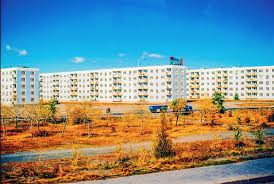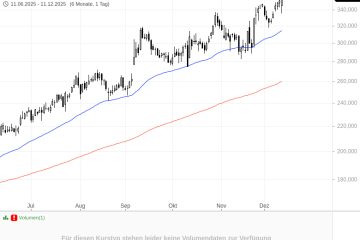Discovering Ulaanbaatar: Mongolia’s Thriving Capital

Introduction
Ulaanbaatar, the capital of Mongolia, plays a crucial role in the country’s culture, economy, and development. As the largest city in Mongolia, it serves as the political, economic, and cultural heart of the nation. Understanding Ulaanbaatar is essential for grasping the broader trends affecting Mongolia, especially as it navigates the challenges and opportunities of the 21st century.
Ulaanbaatar’s Growth and Urbanisation
Over the past few decades, Ulaanbaatar has experienced significant urbanisation and population growth. With a current population exceeding 1.5 million people, approximately half of Mongolia’s total population resides in the city. This rapid growth has been driven by rural-urban migration as individuals seek better economic opportunities and living conditions.
The city has undergone extensive infrastructure development to accommodate this influx. Projects including the expansion of transportation networks, housing developments, and public services have been initiated to provide residents with essential amenities.
Cultural Significance
Ulaanbaatar is not just a political and economic centre; it is also rich in cultural heritage. The city houses significant landmarks such as the Gandan Monastery, one of the largest and most important monasteries in Mongolia, and the National Museum of Mongolia, which showcases the rich history of the country from prehistoric times to modern days. Festivals celebrating the nomadic culture are held here, attracting both locals and tourists, and serving to preserve traditions.
Current Events in Ulaanbaatar
As of October 2023, Ulaanbaatar is preparing for the upcoming Asia-Europe Meeting (ASEM), which will take place in 2024. This event is expected to bring together leaders from Europe and Asia to discuss various topics including trade, security, and sustainability, highlighting Ulaanbaatar’s emerging role in international diplomacy.
The city is also focusing on environmental sustainability, as air pollution remains a pressing issue due to heavy reliance on coal for heat during winter. Initiatives such as promoting renewable energy sources and improving public transport are being prioritised to address these challenges.
Conclusion
Ulaanbaatar stands at the crossroads of tradition and modernity. As it continues to evolve, the city’s journey reflects the broader narrative of Mongolia as it seeks to balance economic growth with cultural preservation and environmental sustainability. For readers, understanding Ulaanbaatar is critical to appreciating the dynamic forces shaping modern Mongolia and its future trajectory on the global stage.







